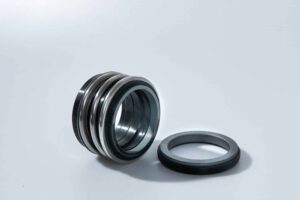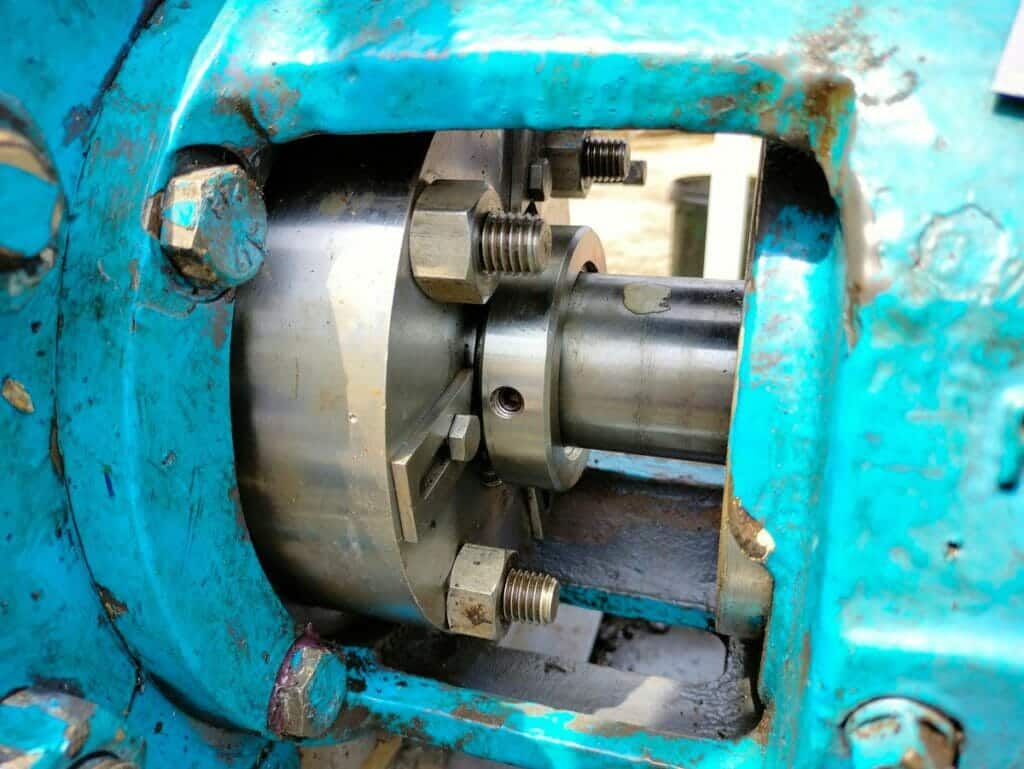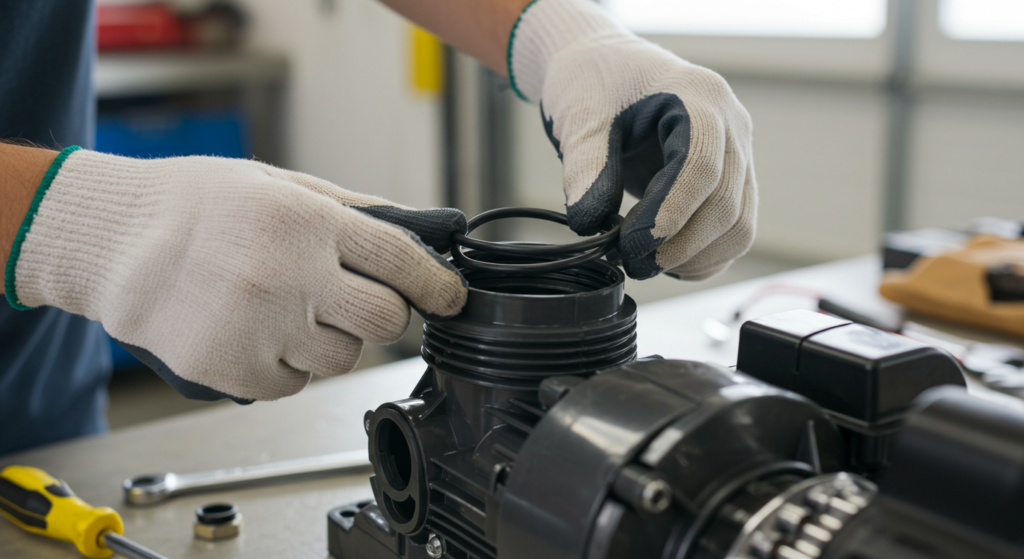What’s the difference between ball valves and globe valves?
Ball valves offer quick quarter-turn operation and a straight-through flow path. In contrast, globe valves provide precise flow control but with a more restricted flow path.
Understanding these key differences can help you select the right valve for your specific application. Keep reading to learn more about the advantages and disadvantages of each valve type.

What Is a Ball Valve
Ball valves are quarter-turn valves that use a hollow, perforated ball to control fluid flow. The valve body houses the ball, which rotates between two seats. A stem connects the ball to an external actuator or handle. The ball has a bore through its center that aligns with the flow path when open.
How Does Ball Valve Work
Ball valves operate via a simple quarter-turn mechanism. The valve stem connects to a lever or handle on the exterior.
Turning this handle rotates the ball inside the valve body. In the open position, the ball’s bore aligns with the pipe, allowing full flow. Rotating the ball 90 degrees places the solid part of the ball across the flow path, stopping flow completely.
This design enables quick opening and closing with minimal pressure drop when fully open.
Advantages of Ball Valve
- Compact design and fast cycle speeds: Quarter-turn valves enhancing operational efficiency.
- Lower pressure drops: Streamlined flow path compared to globe valves.
- Longer service life: Greater resistance to corrosion and damage, minimal maintenance requirements.
- Easy visual confirmation: Simple ball design allows quick position checks.
- Tight sealing capabilities: Excellent for shutoff applications, even after prolonged use.
Disadvantages of Ball Valve
- Limited throttling capability: Less precise flow control compared to globe valves, especially for fine adjustments.
- Less accurate flow regulation: Poorer control in partially open positions compared to globe valves.
- Higher cost for large sizes: More expensive than equivalent globe valves, particularly for bigger sizes requiring larger actuators.
- Increased wear in throttling: Less suitable for frequent throttling service compared to globe valves.
- Higher cavitation risk: Some designs are more prone to cavitation issues than globe valves.
- Limited flow characteristics: Less flexibility in flow profiles compared to globe valves with various trim options.
- Challenging repairs: More difficult to maintain and replace parts compared to globe valves.
- Temperature limitations: May not perform as well as globe valves in extreme temperature conditions.
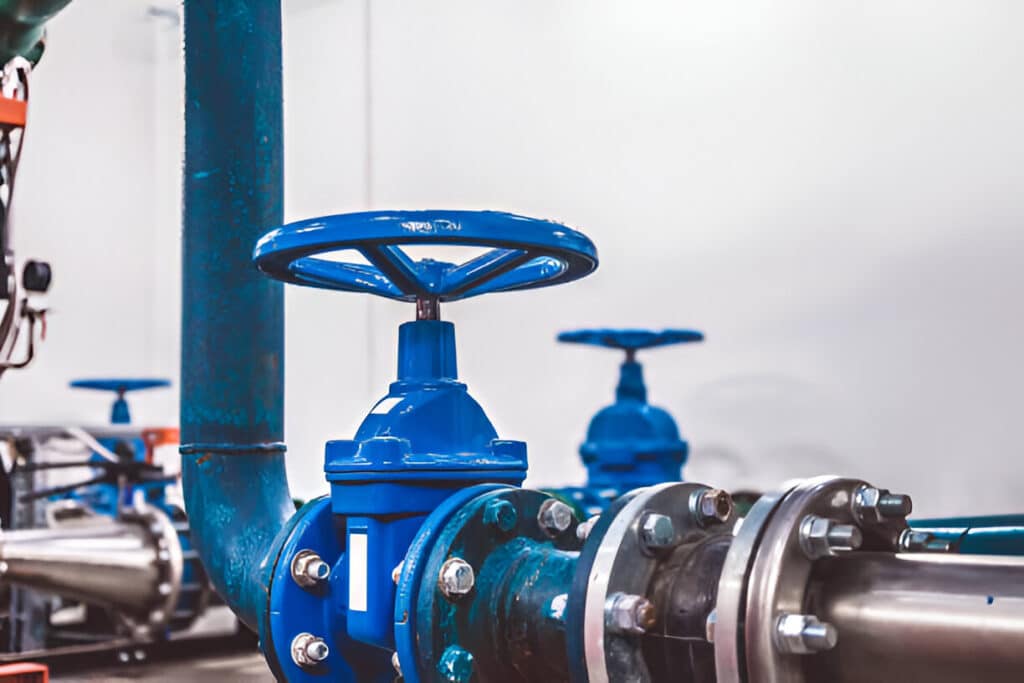
What Is Globe Valve
Globe valves are characterized by their spherical body, containing a movable disc or plug that sits atop the valve stem. As the valve stem is turned, the disc moves closer to or away from the valve seat, regulating the flow rate.
How Does Globe Valve Work
Globe valves use a linear motion mechanism. Turning the handwheel or actuator moves the disc perpendicularly to the fluid flow, enabling precise control.
When fully open, fluid flows around the disc, whereas in the closed position, the disc seals against the seat, stopping flow completely.
Advantages of Globe Valve
- Precise flow control: Provides accurate regulation of flow
- Throttling applications: Better suited for adjustable flow control
- High-pressure systems: Offers superior performance in high-pressure environments
- Flow coefficient: Allows for more precise determination
- Tight seal: Provides a better seal with lower leakage risk
- Water hammer prevention: More effective at preventing this issue
- Versatile media handling: Ideal for corrosive, viscous, or extreme temperature substances
- Easy maintenance: Offers simpler upkeep due to top-entry design
- Frequent operation: Better suited for regular adjustment and use
- Visual position confirmation: Provides clear indication of valve status
Disadvantages of Globe Valve
- Higher pressure drop: Due to a more complex internal flow path
- Larger and heavier: For equivalent flow capacity compared to ball valves
- More expensive: Than ball valves of similar size
- More turns required: To fully open or close
- Lower flow capacity: Compared to ball valves
- More wear-prone: Increased likelihood of leakage over time
- Larger actuators needed: For automated operation
- Not for quick shutoff: Unsuitable for rapid closure applications
- Maintenance challenges: More difficult to clean and maintain
- Cavitation risk: Higher risk in certain flow conditions
- Less effective: For slurry or high-viscosity fluids
- Shorter service life: Typically less durable than ball valves
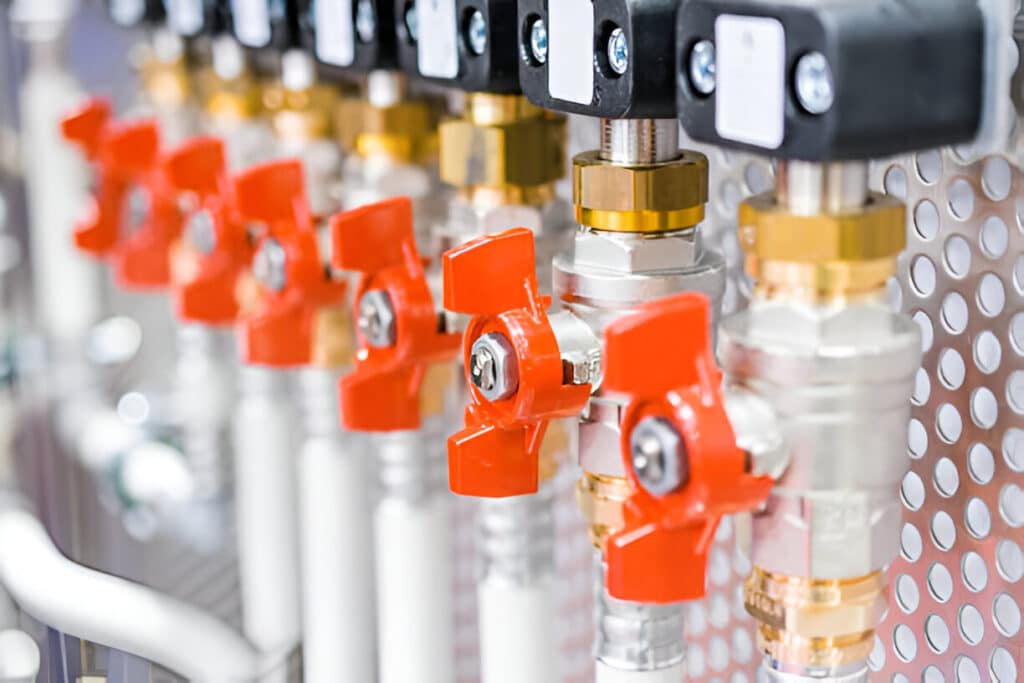
Globe valve and ball valve selection
Flow Control and Throttling Capabilities
Globe valves: Globe valves excel at precise flow control and throttling. Their linear motion allows for fine adjustments, making them ideal for applications requiring accurate flow regulation.
Ball valves: Ball valves, while capable of flow control, are better suited for quick on/off operations.
Pressure Drop
Ball valves: Ball valves typically have lower pressure drops than globe valves when fully open. The straight-through flow path of ball valves results in minimal flow restriction.
Globe valves: Globe valves, due to their design, cause the fluid to change direction, leading to higher pressure losses.
Shutoff and Sealing Performance
Ball valves: Ball valves provide excellent shutoff capabilities and tight sealing, even after prolonged use. They are the preferred choice for applications requiring bubble-tight shutoff.
Globe valves: Globe valves can achieve good shutoff but may not match the sealing performance of ball valves, especially in larger sizes.
Maintenance
Ball valves: Ball valves generally require less maintenance due to their simple design. The main wear components are the seats and seals.
Globe valves: Globe valves may need more frequent maintenance, particularly for the stem packing and seat. However, globe valve seats are often easier to replace or refurbish than ball valve components.
Temperature
Globe valves: Globe valves can handle a wide range of temperatures.
Ball valves: Ball valves can handle a wide range of temperatures but often perform better in extreme temperature conditions. The materials used in ball valve construction, such as metal-to-metal seats, allow for better performance in high-temperature applications.
Cost
Ball valves: Ball valves are typically less expensive than globe valves, especially in larger sizes. The simpler design of ball valves contributes to lower manufacturing costs.
Globe valves: Globe valves, with their more complex internal components, tend to be more expensive, particularly when equipped with high-performance trim options.
When to Use Globe Valve:
- For precise flow control and throttling applications
- In systems requiring frequent adjustment of flow rates
- For applications with high-pressure drops
- In steam systems and power plants
- When linear flow control is needed
When to Use Ball Valve:
- For quick shutoff applications with minimal pressure drop
- In systems requiring tight sealing and reliable operation
- For high-pressure and high-temperature conditions
- In oil and gas industry applications
- When low-cost and compact design are priorities
FAQs
Are ball valves or globe valves easier to operate?
Ball valves are generally easier to operate, requiring only a quarter-turn (90 degrees) to open or close fully.
Which valve type is more compact?
Ball valves are typically more compact than globe valves, making them suitable for applications with space constraints.
Are ball valves or globe valves better for high-pressure applications?
Both can be designed for high-pressure applications, but ball valves often have higher pressure ratings due to their robust construction.
Which valve type is more prone to leakage?
Globe valves are generally more prone to leakage than ball valves, especially after prolonged use or in high-cycle applications.
How to identify a globe valve and ball valve?
Globe valves have a rounded body shape. Look for a handwheel on top connected to a stem. The flow path changes direction inside the valve.
Ball valves have a compact body with a quarter-turn handle. Look for a spherical ball inside with a hole through it.
In Conclusion
Ball valves and globe valves each have their strengths and weaknesses. The choice between them depends on the specific application, considering factors such as flow control, maintenance, and cost.
Consult with a professional to determine the best valve type for your needs and ensure optimal system performance.

